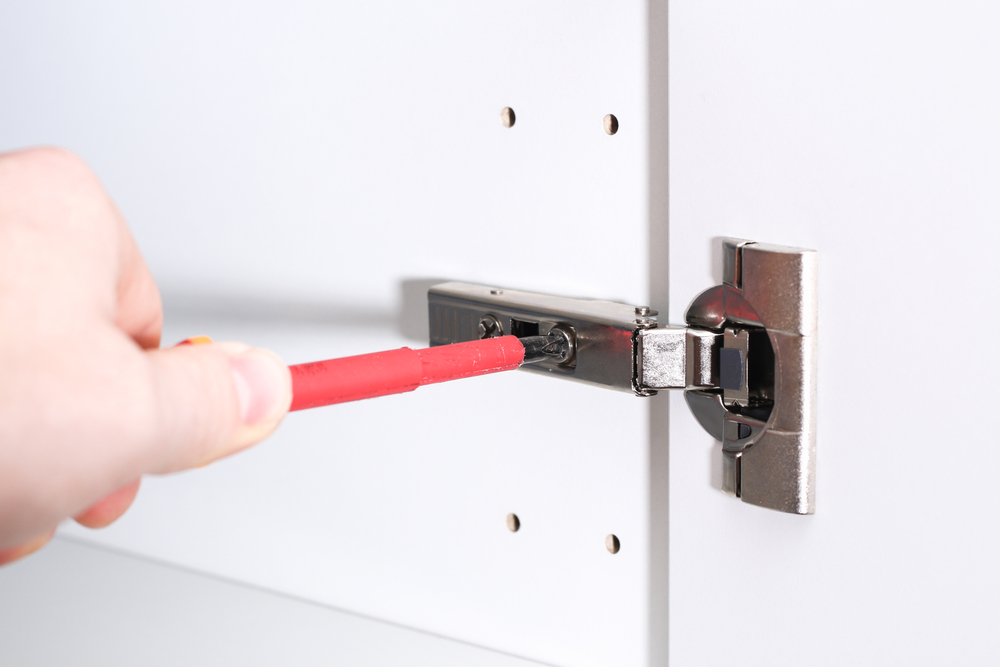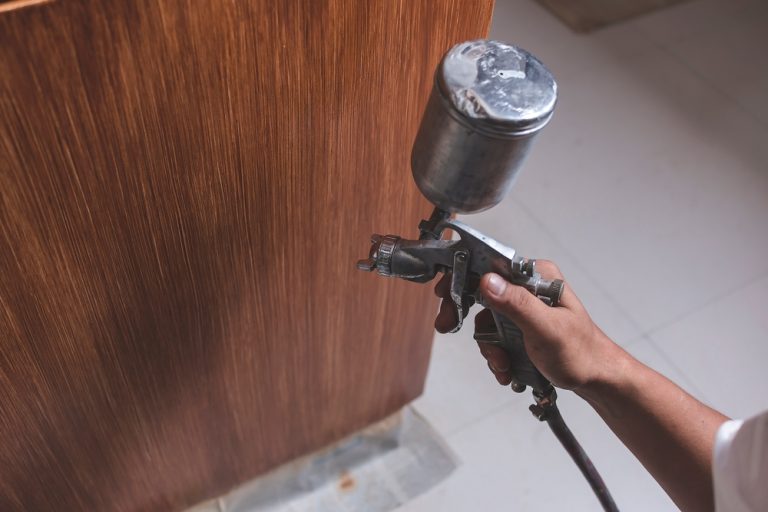How to Adjust Soft Close Kitchen Cabinet Doors?

Soft close cabinet doors are a popular choice in modern kitchens due to their quiet and smooth operation. However, like any mechanism, they may require adjustment over time to ensure they function properly. If your soft close doors are slamming shut, not closing all the way, or are misaligned, understanding how to adjust soft close kitchen cabinet doors is essential to restore their functionality.
In this guide, we will walk you through the steps to adjust your soft close doors and troubleshoot common issues.
Why Soft Close Cabinet Doors May Need Adjustment?
Soft close cabinet doors are designed to shut slowly, preventing them from slamming. They use hinges equipped with a hydraulic mechanism that controls the speed and pressure of the door closing. Over time, due to regular use or misalignment, these hinges can shift, leading to problems such as doors closing too quickly, not closing flush, or even sticking.
Knowing how to adjust soft close kitchen cabinet doors can save you from unnecessary wear on your cabinets and ensure that your kitchen remains a quiet and functional space. The good news is that adjusting these doors is relatively simple and can usually be done with just a screwdriver.
Steps to Adjust Soft Close Kitchen Cabinet Doors
Adjusting your soft close cabinet doors requires a few basic tools and a little patience. Here’s a step-by-step guide to ensure your doors are working perfectly.
Step 1: Identify the Type of Hinge
Before you begin the adjustment, it’s important to identify the type of hinge on your soft close doors. Most modern cabinets use concealed hinges with built-in adjustment screws. These screws typically control the vertical, horizontal, and depth alignment of the door. Familiarize yourself with your hinges and locate the adjustment screws.
Step 2: Tighten the Screws
One of the first things you should do when adjusting soft close cabinet doors is to check the screws. Over time, screws can loosen, causing the door to misalign. Use a screwdriver to tighten all the screws on the hinges, ensuring that the door is securely attached to both the cabinet and the frame.
Step 3: Adjust the Horizontal Position
If the door is misaligned horizontally, or if there is too much space between the doors, you can adjust this with the hinge screws. Look for the screw that adjusts the horizontal position of the door. By tightening or loosening this screw, you can move the door closer to or farther from the cabinet frame. Make small adjustments and check the alignment frequently to ensure the doors are evenly spaced.
Step 4: Adjust the Vertical Position
Sometimes, soft close doors may hang lower or higher than the adjacent cabinets, creating an uneven appearance. To fix this, locate the vertical adjustment screw on the hinge. Turning this screw will allow you to raise or lower the door as needed. Again, make minor adjustments and check the door’s position until it is level with the surrounding cabinets.
Step 5: Adjust the Depth
The depth adjustment ensures that the door sits flush against the cabinet frame. If your soft close cabinet door isn’t closing all the way or is sticking out, this is the screw you’ll need to adjust. By turning the depth screw, you can move the door closer to or farther from the cabinet frame, ensuring that it closes properly. Once adjusted, test the door to make sure it closes smoothly and sits flush against the cabinet.
Also Read – How to Remove Kitchen Cupboard Doors?
Adjusting the Soft Close Mechanism
Beyond the alignment of the door, you may also need to adjust the soft close mechanism itself. If the door is closing too quickly or too slowly, this can often be adjusted using the hinge settings.
Step 1: Locate the Soft Close Adjustment
Some soft close hinges come with a built-in adjustment for the hydraulic mechanism that controls the closing speed. Look for a small switch or dial on the hinge, which can be adjusted to increase or decrease the resistance when the door is closing.
Step 2: Adjust the Soft Close Speed
To adjust the speed, move the switch or turn the dial. Typically, sliding the switch one way will increase the soft close speed, while sliding it the other way will slow it down. Adjust the setting to your preference, ensuring that the door closes gently without slamming or sticking.
Step 3: Test the Door
Once you’ve made your adjustments, open and close the door several times to test the soft close function. The door should close gently and evenly. If necessary, continue making small adjustments until the door operates smoothly.
Troubleshooting Common Issues
Even after adjusting the hinges, you may encounter some common issues with soft close cabinet doors. Here’s how to troubleshoot and resolve them:
Doors Are Slamming Shut
If your soft close doors are slamming shut, the hydraulic mechanism in the hinge may not be working correctly. Check the adjustment switch on the hinge and set it to a slower speed. If the problem persists, the hydraulic system may be worn out, and you may need to replace the hinge entirely.
Doors Won’t Close Fully
If your cabinet doors are not closing all the way, it could be due to an obstruction in the hinge or an incorrect depth adjustment. Remove any debris or buildup from the hinge and adjust the depth screw to ensure that the door closes flush with the frame.
Uneven Gaps Between Doors
Uneven gaps between cabinet doors are usually a result of horizontal misalignment. Adjust the horizontal screws on the hinges to bring the doors closer together or farther apart, ensuring an even gap between them.
Doors Are Hard to Open or Close
If your soft close doors are sticking or difficult to open and close, it may be due to dirt or buildup in the hinge mechanism. Clean the hinges thoroughly and apply a small amount of lubricant if necessary to ensure smooth operation.
When to Replace Soft Close Hinges?
If adjusting the hinges doesn’t resolve the issue, it may be time to replace the soft close hinges. Hinges can wear out over time, especially in high-traffic areas like the kitchen. Replacing them is a relatively inexpensive solution, and new soft close hinges are easy to install.
Conclusion
Understanding how to adjust soft close kitchen cabinet doors can save you from frustration and extend the life of your kitchen cabinets. By following these simple steps to adjust the alignment and the soft close mechanism, you can ensure that your cabinet doors function smoothly and quietly for years to come.
Whether it’s a quick tightening of screws or a more detailed adjustment of the hydraulic mechanism, keeping your soft close doors in perfect condition is easy with the right tools and techniques.






